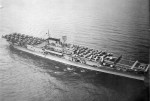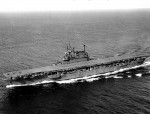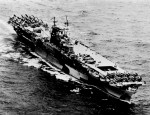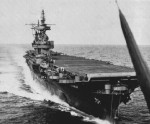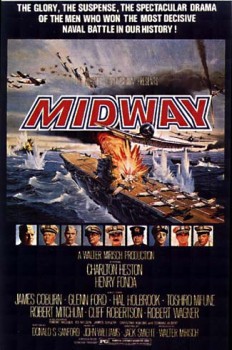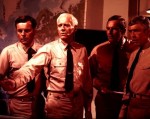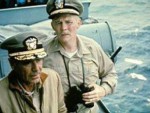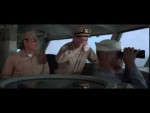UNITED STATES SHIP ENTERPRISE (CV-6)
From cv6.org:
Enterprise entered World War II on the morning of December 7, 1941, when her scout planes encountered the Japanese squadrons attacking Pearl Harbor. Not until May 14, 1945, when a Kamikaze attack off Kyushu, Japan, left a gaping hole in her flight deck, was she forced to leave the war.
Of the more than twenty major actions of the Pacific War, Enterprise engaged in all but two. Her planes and guns downed 911 enemy planes; her bombers sank 71 ships, and damaged or destroyed 192 more. Her presence inspired both pride and fear: pride in her still unmatched combat record, and fear in the knowledge that Enterprise and hard fighting were never far apart.
The most decorated ship of the Second World War, Enterprise changed the very course of a war she seemed to have been expressly created for.
Enterprise CV-6 was the second of the three Yorktown-class carriers. One of the most successful warship designs in history, the Yorktown-class carriers were built with the experience gained from earlier carrier designs: Lexington CV-2 and Saratoga CV-3, which were built on converted battle-cruiser hulls, and Ranger CV-4, the first US carrier specifically designed as a carrier.
Enterprise, and her sister ships Yorktown CV-5 and Hornet CV-8, while of a third smaller displacement than Lexington and Saratoga, could carry practically the same number of aircraft, and 30% more aviation fuel. In other words, they could deliver the same offensive punch more times, and more efficiently. The Yorktown-class carriers were exceptionally seaworthy, and more maneuverable than their predecessors. In keeping with American carrier doctrine, they sacrificed armor and guns to maximize the number of attack planes carried. Yet, with hundreds of watertight internal compartments, they were also capable of surviving terrific battle damage.
Perhaps their primary weakness as designed was vulnerability to torpedo attack. Both Yorktown (at Midway) and Hornet (at Santa Cruz) were severely damaged by Japanese torpedoes, though it's worth noting that both ships put up considerable resistance to actually sinking afterwards. It is also noteworthy that of the all the US fleet carriers to serve in the Pacific in the first year of the war, Enterprise was the only one not to be struck by an enemy torpedo ... and near the end of that first year, she was also the only battle-ready US fleet carrier. As part of her 1943 refit at Bremerton, Washington, Enterprise acquired a torpedo blister along three quarters of her hull, above and below waterline.
Her war-time modifications also reflected the nature of the Pacific war. After the tremendous carrier battles of 1942, it was clear that anti-aircraft protection was a vital component of any surface ship's armament. By the end of 1943, Enterprise and most other combatants in the US fleet bristled with 20mm and Bofors 40mm anti-aircraft guns, two of the most effective anti-aircraft weapons of the war. Radar-controlled fire directors for both the 5" and 40mm guns - added in 1943 - gave Enterprise the ability to beat back attacking aircraft in all weather, day or night.
MIDWAY
The 1976 Walter Mirisch-produced film starring Henry Fonda, Charlton Heston and Hal Holbrook tells the story of the Battle of Midway, the turning point in the Pacific War. In this battle, the USS Enterprise served as the flagship of the US Carrier Task Force commanded by Admiral Raymond Spruance.
“A-F is having trouble with its fresh water condenser.”
[yt]https://www.youtube.com/watch?v=iwLyIMqfbf0[/yt]








